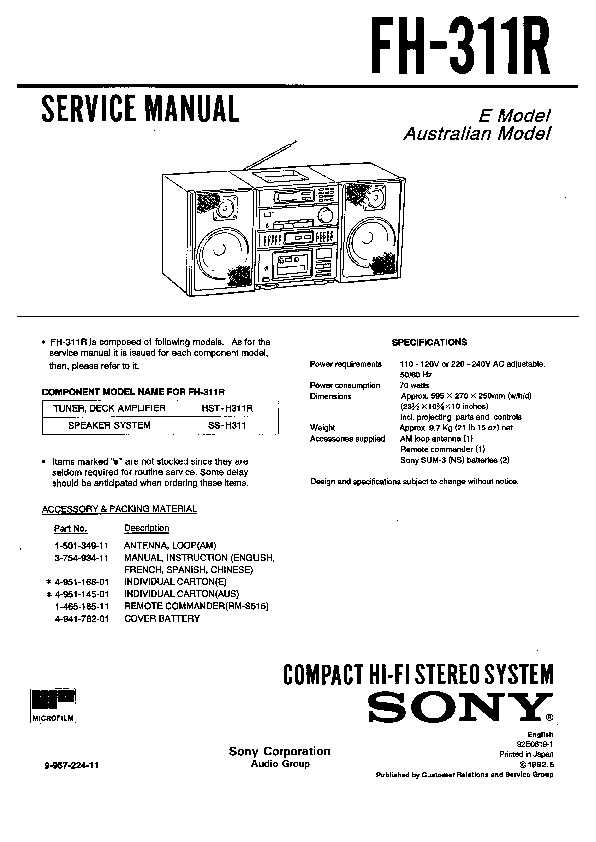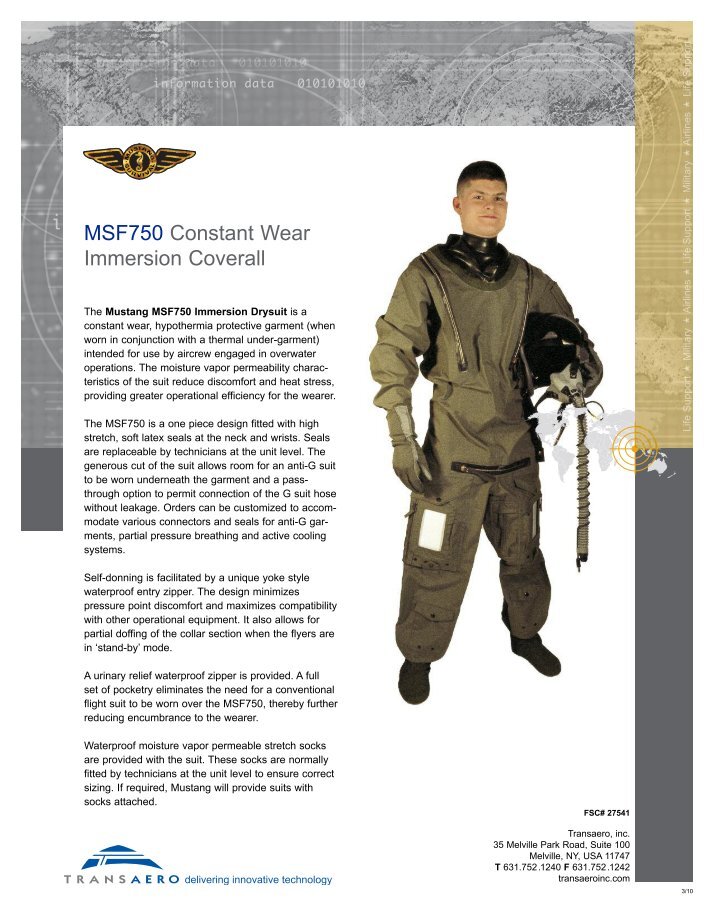
- Seimac profind manual troubleshooting how to#
- Seimac profind manual troubleshooting serial number#
- Seimac profind manual troubleshooting serial#
The filter is not related to the thermostat itself, but it still needs a change. In some cases, you will see the word “Filter” flashing on the display. Usually, the thermostat will tell you when it needs an air filter change.

Seimac profind manual troubleshooting how to#
Lux Thermostat Troubleshooting How to carry out a Lux Thermostat filter reset?
Seimac profind manual troubleshooting serial#
You can usually slide the thermostat off its base to reveal the model and serial number.
Seimac profind manual troubleshooting serial number#
Usually, the thermostat comes with a sticker that contains the serial number – typically on the back of the thermostat. To find the correct manual for your Lux thermostat, you need to identify the model number of the device. DF'ing with Yagi antennas does not provide the high bearing resolution possible with a switched antenna system, but its simple and works at greater ranges and does not require extensive training and experience to do a fairly good job with.How to find your Lux Thermostat Model Number? With the Diamond MAY 1000 antenna, it can do RFD over a wide range of frequencies, which can be pretty handy. I don't believe that the unit is FCC approved, since basically it is a hacked ham radio product. Another positive feature is that there is no directional ambiguity. The receiver has higher sensitivity, and does not suffer losses from using the switched antenna, phase shift method of direction finding. The antenna provides reception capabilities far in excess of the zero gain antennas used in the Seimac. The MK4 is basically a receiver with a signal strength meter and a directional antenna. (There is a reason the L-Per has such a big antenna array-its the right thing to do!) Switching the antennas back and forth at high speed results in antennas that are never fully "on"., and with unity gain or worse antennas, its not going to perform well. One is a switched antenna direction finding system. Handy, cute, rugged, and worthless.Ĭomparing the Australian unit (the MK4) to the the Seimac is apples to oranges. As a terrestrial direction finder, its seemed worthless. It is probably best suited for use a man-overboard locater on the open ocean. This is not really surprising, given that the antennas are very lossy, and too close together to provide good bearing resolution. My brief experience with the Profind was disappointing. If you are very close to the target when you turn it on, it may not desense enough to give an accurate initial reading. The unit seems to start out with very high sensitivity and corrects as you get closer to the target. Continue to watch the vertical bar, if is starts going down, you're probably moving away from the target. You will have to continue to do this from time to time as you get closer to make sure you are moving in the right direction. Turn 90 degrees from course and walk a few feet then reverse the course and do the same.

After proceeding in the direction of the target.

You really need to be at least a few yards away when you start the process or it probably will not desense enough to give an accurate fix.ĥ. When the vertical indicator is at the highest level, you should be able to see the target. If you are moving in the correct direction toward the target, the indicator should begin to move up the scale. The vertical indicator should be toward the bottom of the scale. Using the process in the last step, after determining which direction gave the best indication on the left right arrow, begin moving in that direction. If in this process you alway show to the right and always the same level, I'd suspect the unit is broke.Ĥ. Determine which course gave you the best (strongest) indication on the left/right arrows. Turn 90 degrees from the original course and repeat the process. Again, watch the indicator (left and right). Pick a direction, doesn't matter which, and walk about 20 feet. If you have an indication ignore it for now. Turn around (360 degrees) 2 or 3 times to let the unit detect and adjust to the signal.ģ. Turn on the unit, check frequency and adjust sound.Ģ. Procedure we use, and yes I know it sounds silly but it seems to work:ġ. It uses internal sensors to adjust sensitivity and direction indications so the only thing you can really adjust is the volume. Think more along the line of the tracker. Took a while but we got it back and it seems to be working fine.Īs far as using the thing. It had worked then suddenly would not receive, give any indications, or sound.

(By the way the new L-Per seems to be more like this one) Most of my unit likes the Tracker best of all we have used. It works well for me but then I still "like" the old L-Per more. One unit prefers it to anything they've used. We have 3 in our Wing that we have had a fair amount of success with.


 0 kommentar(er)
0 kommentar(er)
